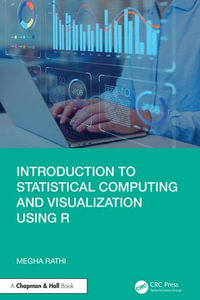
eTEXT
Advances in Pattern Recognition - ICAPR 2001
Second International Conference Rio de Janeiro, Brazil, March 11-14, 2001 Proceedings
By: Sameer Singh, Nabeel Murshed, Walter Kropatsch
eText | 29 June 2003 | Edition Number 1
At a Glance
eText
$84.99
or
Instant online reading in your Booktopia eTextbook Library *
Read online on
Desktop
Tablet
Mobile
Not downloadable to your eReader or an app
Why choose an eTextbook?
Instant Access *
Purchase and read your book immediately
Read Aloud
Listen and follow along as Bookshelf reads to you
Study Tools
Built-in study tools like highlights and more
* eTextbooks are not downloadable to your eReader or an app and can be accessed via web browsers only. You must be connected to the internet and have no technical issues with your device or browser that could prevent the eTextbook from operating.
ISBN: 9783540447320
ISBN-10: 3540447326
Published: 29th June 2003
Format: PDF
Language: English
Publisher: Springer Nature
Edition Number: 1























